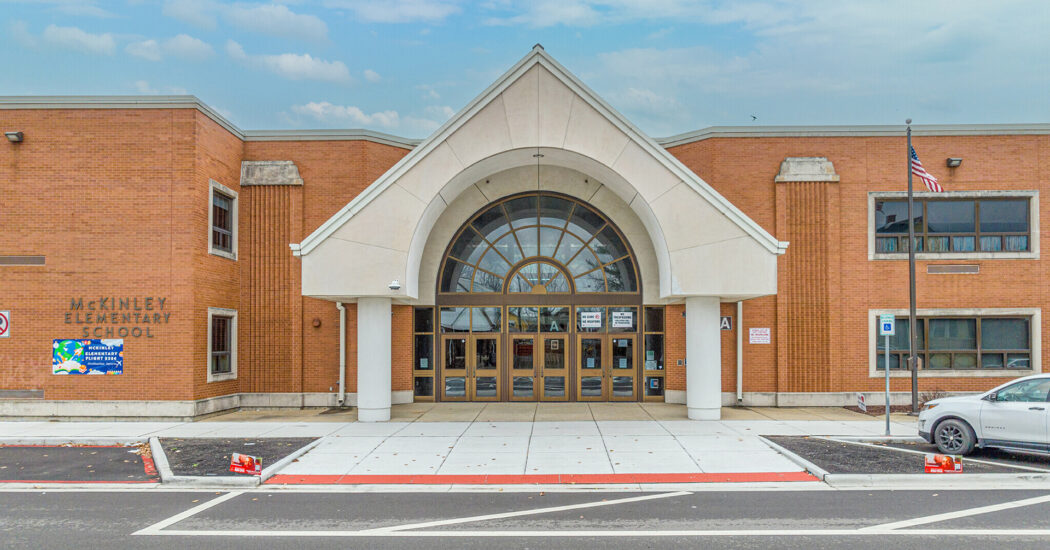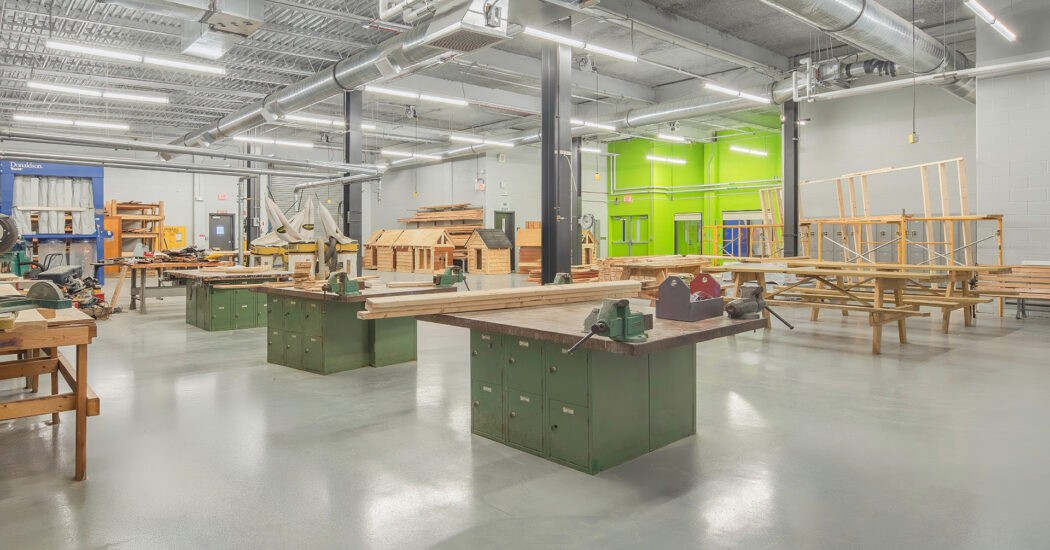Form, Function, and Funds: The Next Wave of Sustainability
-
Category
Innovation -
Posted By
Schmidt Associates -
Posted On
Dec 04, 2018
When it comes to sustainable design, perhaps sustaining the attention of consumers is as important as the design itself. While sustainability may be written off as one of many “green trends”, it plays an enormous role in shaping how our future looks – both from the buildings we inhabit to the overall planet we live on. To ensure the concept of sustainable design stays at the forefront of the public’s attention, it needs to achieve a few important things – function, form, and funds.
And, of course, it needs to stay interesting.
If there’s one thing the public loves, it’s stories they can talk about and share with their friends, family, and followers. It’s a benefit to the sustainable movement, then, that so many forward-thinking brands and industries are finding ways to captivate and engage with their products and ideas.
Perhaps with some thanks to social media, sustainability in design has received a greater amount of publicity in recent years with eye-catching articles including: “Ecological Packaging for Fries Made from Potato Skins”, an “Initiative to Turn Space Waste into ‘Ingredients for Something Special’”, the O-Wind Turbine that “captures energy even in the middle of dense cities”, a “maternity facility in rural Uganda is entirely self-sustaining”… the list goes on and on.
What these headlines have in common, besides being tempting to click on, is the desire to improve the environment by connecting with real people in real-life situations. While the eco-packaging for french fries is a novel idea, the self-sustaining maternity building in Africa demonstrates how sustainable thinking can save lives – and right now, not decades from now.
Despite the environment’s warning signs, many people still don’t understand the need to act responsibly now. This lack of urgency can leave sustainable design in the realm of French fry containers – a cool thought, an example of what can be done, but no obligation to do anything right now. So, when stories like O-Wind Turbine and the maternity facility make headlines, the sustainable design movement becomes more tangible and grounded, which is exactly what’s needed for sustainability to keep its forward momentum.
Once attention has been captured, sustainable designers need to follow the three Fs to move from the realm of “someday” to “today”:
Form
Sustainable designs may take on more unique forms simply because of the unique goals and aspirations embedded into the design, whether it be recyclability, high mileage, general efficiency, solar orientation etc. This distinction is advantageous because the novel form can capture attention and thereby create conversation. The simple fact of being different provides a clue that perhaps there’s more than meets the eye. When the form of a sustainable design is unique, people begin to ask questions, and these questions in turn can lead to education. Education is the backbone of every movement if it indeed is to be taken seriously and withstand the test of time.
Function
In successful design, the function and form of any design must work in tandem, or there will be little hope in it ever enjoying the light of day. When form and function complement each other, they become a beacon for the entire sustainable design movement, showing the world how promising the latest innovations can be. Often in successful sustainable design, the function serves as a determiner for much of the object’s form. For example, within architecture, the orientation, shape, and angles of the overall building layout should work in conjunction with the sun’s daily patterns; the placement and proportion of the windows, as well as the depth of shading devices and screening elements, should capture sunlight from desirable directions while also limiting sunlight from other less-desirable directions. Additionally, the angle of the roof may be utilized to harvest rainwater for purposes both in and surrounding the building. Other sustainable measures include recycled finishes, lighting with automatic sensors, native landscaping, natural drainage, permeable pavers in parking lots, etc.
Funds
Once form and function have been accomplished and the public’s attention has been captured, funds are the last item to consider. For many, sustainable design is a nice idea, but they often assume the cost to complete a sustainable project is out of financial reach. A primary concept within sustainability is weighing the initial up-front costs versus the life-cycle costs. Some sustainable design measures may cost more at the project’s outset yet actually save money over the entire life of the building. Some examples within architecture include solar panels, efficient HVAC equipment, sensored lighting, rainwater collection/harvesting, etc. These features must be carefully examined in light of the project’s long-term goals. Making sure there is an affordability to every project, that there is realistic access to obtaining the necessary funds and balancing the costs over the life of the building, are all essential.
For sustainable designers, understanding the importance of getting the public to embrace new ideas and projects is easy. But, convincing the public of the importance behind sustainability requires thought, planning, and adhering to the concept of the Three Fs of Sustainable Design: form, function, funds.







